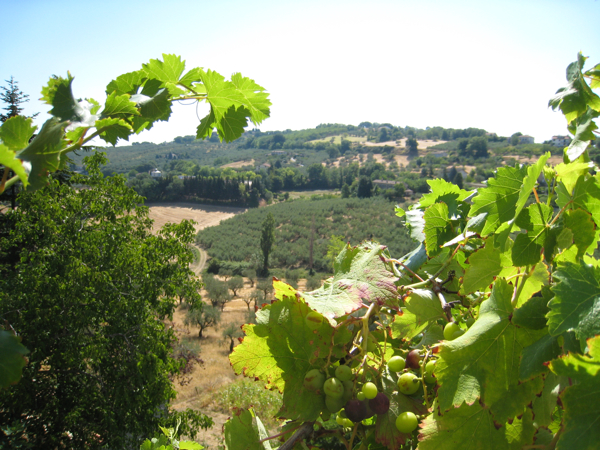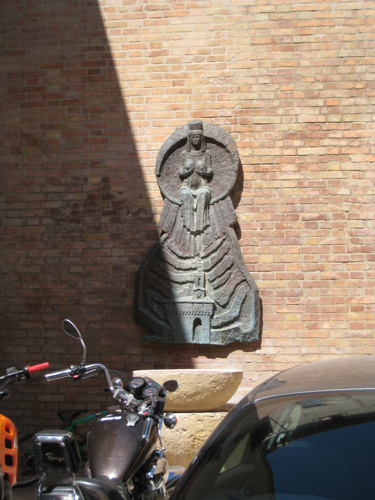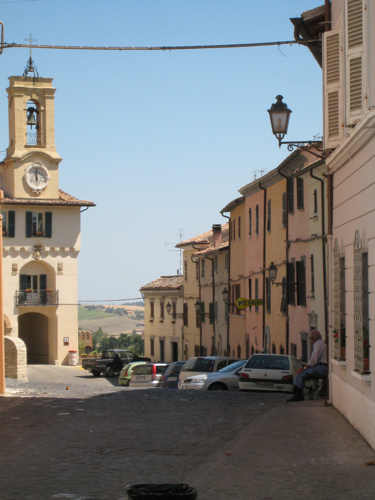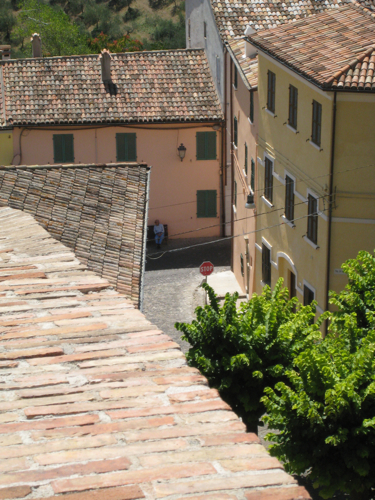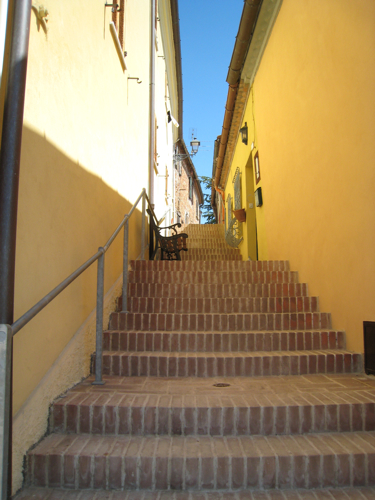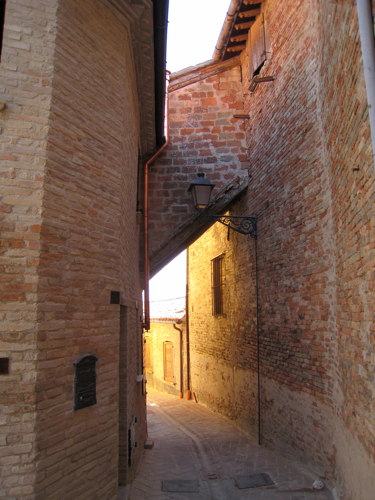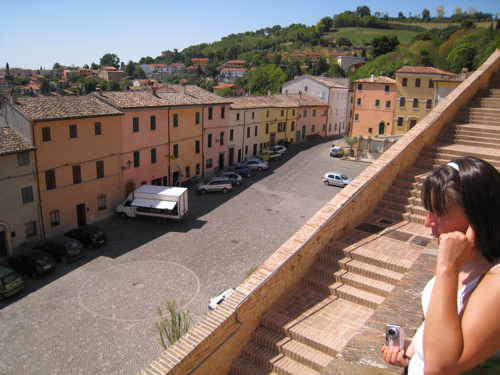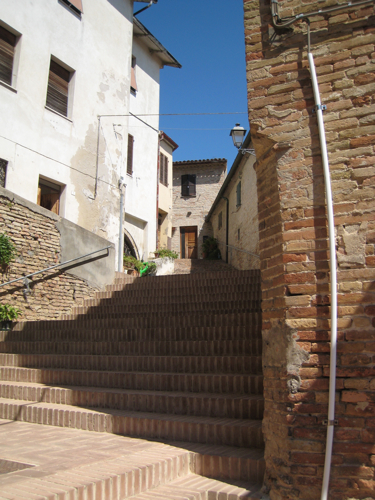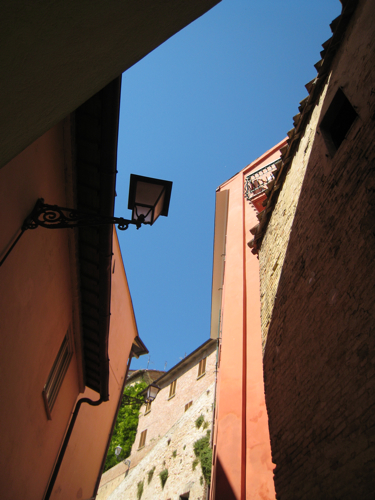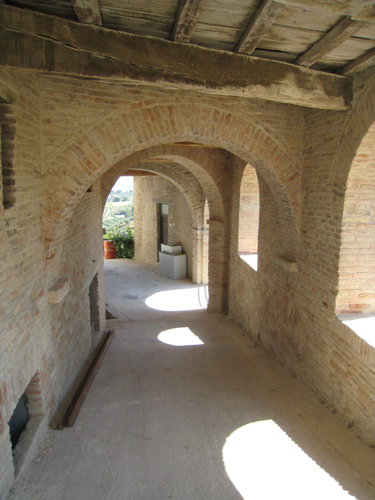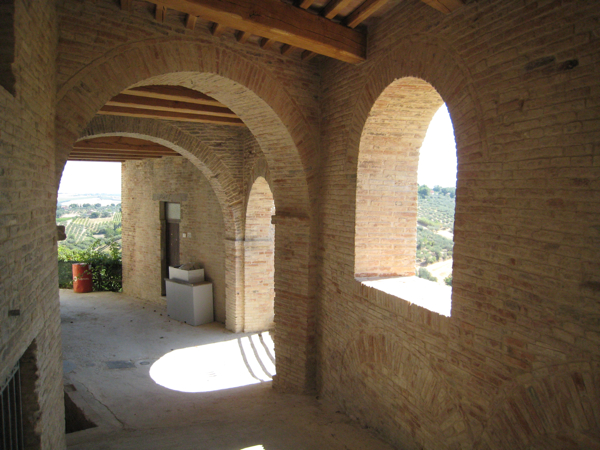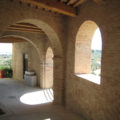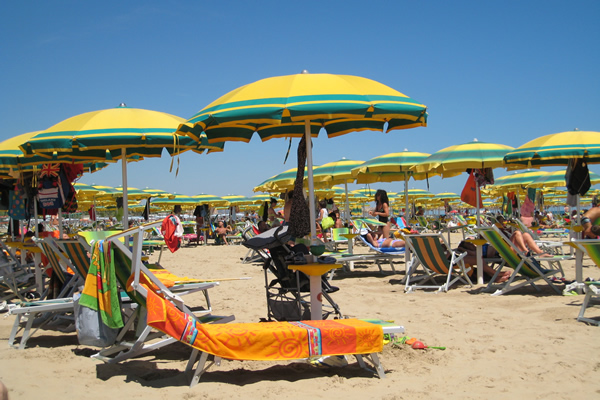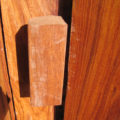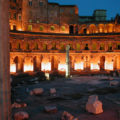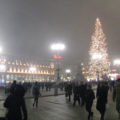Looks as if I’m a frequent traveller again this year, and I hope that will hold true for some time to come. I’ve been relatively quiet for the last six years – usually only one annual trip outside Europe – but it’s time to spread my wings again. Travel woman: that’s who I am and what I do.
Today’s flight, courtesy of Sun Microsystems, takes me from Milan to Frankfurt to Denver, on a United Airlines-Lufthansa code share. First problem arises from “code share.” I woke up at 3 am with an anxiety attack (I do that sometimes) and thought I should check in online in advance, as I had done coming back from my last trip on British Airways (they even had a very cute online application that let me choose my seats).
The tickets for this trip were purchased (by AmEx Business Travel, using my credit card), from United Airlines, but the aircraft appears to be Lufthansa all the way. So I went to the Lufthansa.com to check in. They didn’t recognize my credit card, kept asking for another. And that was the only option offered – no possibility to enter the record number, which I have on the printed out e-ticket.
I tried United’s website, and they apparently recognized me via the credit card, but told me I had to check in with Lufthansa. Argh.
Went back to sleep, woke up at 5:15, showered, drank coffee, dithered and fiddled until Antonello (o peerlessly faithful taxi driver!) arrived bang on time at 6. In spite of a sudden thunderstorm along the way, we reached Malpensa just after 7, and I was checked in by 7:15.
Malpensa is not the world’s most interesting airport – no real bookshops and no music/video shops. I had another coffee (decaf this time), fresh-squeezed OJ, and a chocolate croissant for breakfast, went on through security (no line! I am always going to fly on Tuesdays from now on for the rest of my life – flights on Tuesdays are cheaper, too).
There are lots of expensive fashion shops at Malpensa, but nothing I’d actually buy. A nice business class lounge would be a welcome refuge, but KLM, in spite of the Platinum status they reinstated me to a while ago, won’t let me sit in their lounge because I’m not flying on them or one of their partner airlines (what good is Platinum membership if I can’t use it anytime I damn well please?). And I can’t use Lufthansa’s lounge because I’m not flying business class with them.
So I’m sitting on the floor by the departure gate next to a wall socket (look for them on the columns near the windows) – might as well save my laptop’s battery while I can, it’s going to be a long trip. This is the only socket for miles and I’ve got it – several other laptop owners are eyeing me jealously.
Destination for this flight is Frankfurt. Also not my favorite airport. I’ve flown through there to India several times, and the terminal those flights leave from is remarkably lacking in services. Probably the US flights leave from a different terminal, hopefully with something a little more exciting in the way of food than German sausages and beer (which are only available from smoke-filled bars).
Security
Here in Milan, I did not have to take out my laptop or take my shoes off. Does this mean their equipment is different (it looks the same as any other airport x-ray)? Or should I be worried about lax security? Or (sshh! don’t tell!) does this mean that the elaborate procedures at other airports are designed to make us feel more secure when actually we aren’t?
Dressing for Travel
In the travel forums I frequent, American tourists often ask how they can dress to not look like tourists in Italy. Some other American tourists reply: “They’re going to know you’re a foreigner anyway, so why bother?” But that misses the point.
I wish all American tourists were so attentive to the cultures they are visiting as to actively research how to dress for the local culture. On my last trip through Heathrow, I noticed a group of teenage girls travelling together (I always wonder where these globetrotting kids are going, and why), and was horrified by their attire. Most were wearing sweatshirts, baggy capri-length trousers, and flip-flops. One even had her U-shaped travel pillow stuck firmly around her neck. They all looked as if they had just come off the beach.
I’m neither a prude nor a snob, and there is something I like about Americans’ relaxed attitude towards dressing. It can be a profound relief after the “keeping up with the Joneses” fashionability of Italians (I don’t always bother). But, when in a foreign country, it seems disrespectful. I wish some of my fellow citizens would think a little harder about the impression they make on others.

